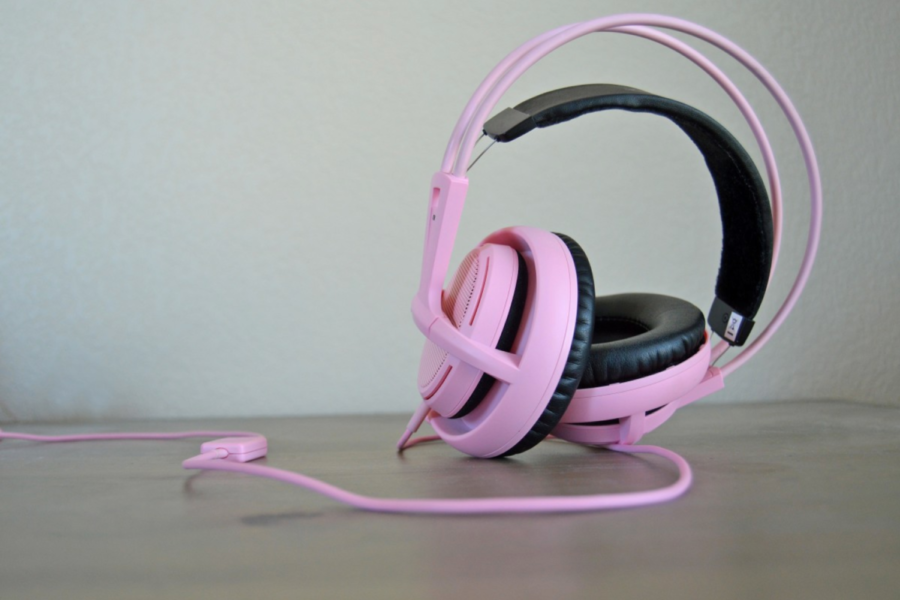Shiralkar: Pink noise – superior sleep in a spectrum of silence
March 7, 2021
In some books, there are some fascinating characters that the authors describe as people who can sleep through a thunderstorm and so on. Other people find it difficult to fall asleep in the first place, more or less drifting into a distracted sleep after spending hours staring at a screen. I’ve found that white noise can be a soothing blanket for the thoughts when it comes to insomnia — a timed background loop of some plain white noise can be a decent lullaby. But like visible light, the frequencies audible to the human ear are divided into a cool spectrum with a range of colors, the nicest of which is pink noise.
Sound waves move through a medium (air, in this case) and then hit the eardrums. Then they pass through the inner ear, where special cells called hair cells convert the vibrations into electrical signals. These signals then make their way to your brain and tell you what kind of sounds you’re hearing. The human ear is capable of hearing frequencies between 20 hertz to 20,000 hertz. The higher the frequency, the higher the pitch and usually the harder to ignore. And the human ear does not sleep while the brain is sleeping — that’s why a spoon clanging onto the kitchen floor can wake you up in the middle of the night.
The white noise is a special kind of spectrum, like pink noise, red/brown noise and gray noise. White noise is just sounds with flat frequencies: like white light (which covers all visible wavelengths) it covers all audible frequencies at once, all at a constant power rate per hertz. Since they’re all flat, no new sound can be heard over them, if they’re loud enough. Voila, a blanket for your thoughts. So, what makes these spectrums different from each other? How can pink noise (the best one) be singled out from white noise?
Colors of noise focus on separate frequencies. Pink noise is a softer noise than white noise, and its band of signal between 20 and 40 hertz holds the same power as the band between 2,000 and 4,000 hertz. Pink noise replicates the phenomenon of retaining the same amount of energy in upper and lower octaves of a note, making it a useful signal to test amplifiers and loudspeakers. Among college students especially, these kinds of interesting sounds are coveted not just for their distracting capabilities, but also for their generally calming nature.
Research hasn’t reached the point yet where a definitive judgement about pink noise can be made clear. There does seem to be a direct link between listening to pink noise and sleeping better than usual — improved brainwave quality while asleep has been proven to be a direct effect of pink noise. The masking of unwanted noises is an excellent byproduct of sound engineering with white noise. If you or a loved one has trouble sleeping, listening to pink noise can be really helpful with the segue into deep, REM sleep. After all, everyone just wants some undisturbed rest now and then.
Wash your hands and wear a mask.

















